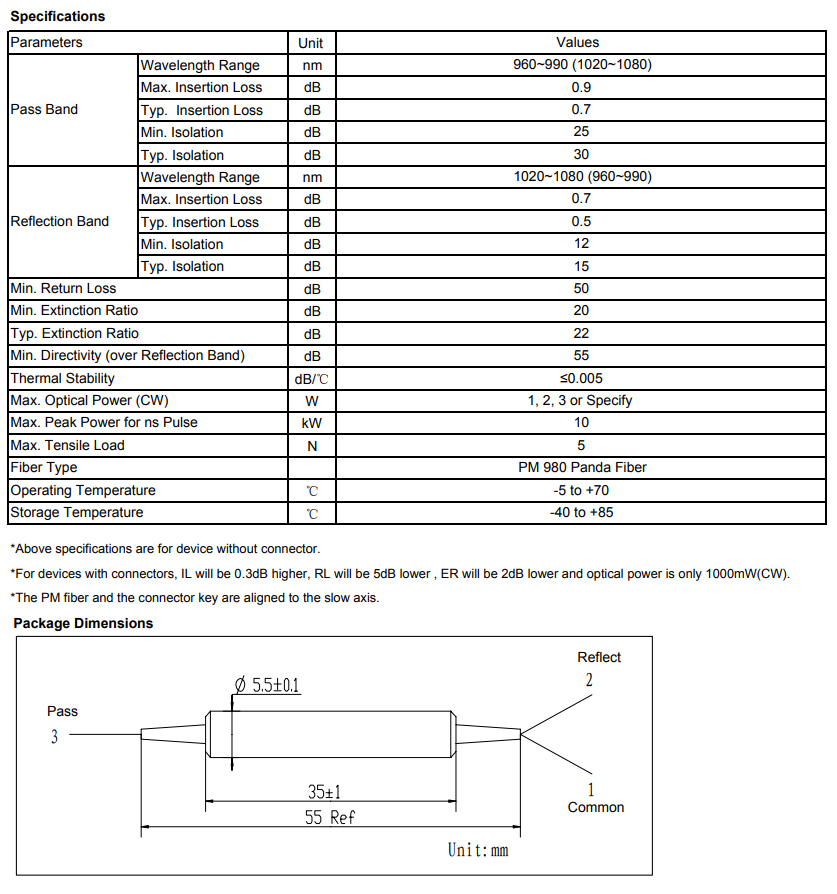
In today’s rapidly evolving digital landscape, the demand for high-speed and efficient data transmission has become paramount. wavelength division multiplexing (WDM) technology has emerged as a groundbreaking solution to meet this growing need. By simultaneously transmitting multiple signals over a single optical fiber using different wavelengths of light, WDM enables significantly higher data rates and increased bandwidth capacity.
The Power of Wavelength Division Multiplexing
With the advent of WDM, traditional limitations on data transmission have been shattered. This innovative technology allows for the seamless integration of various communication channels within a single optical fiber infrastructure. By utilizing different wavelengths to carry distinct streams of information, WDM ensures that each signal remains independent and unaffected by others.
Moreover, wavelength division multiplexing offers immense scalability potential. As more wavelengths can be added to an existing network without disrupting ongoing transmissions, organizations can easily expand their bandwidth capacity as per their requirements.
The Role of Optizone Technology in Optimizing Performance
An integral component enhancing the efficiency and reliability of wavelength division multiplexing is Optizone Technology. This advanced technique employs precise control mechanisms to minimize signal degradation caused by factors such as dispersion and attenuation.
Optizone Technology utilizes sophisticated algorithms that dynamically adjust power levels across different wavelengths in real-time. By continuously monitoring signal quality and compensating for any impairments encountered during transmission, it ensures optimal performance throughout the network.
Further Advancements in Wavelength Division Multiplexing
Ongoing research and development efforts are focused on pushing the boundaries of wavelength division multiplexing even further. One notable advancement is coherent detection technology which enhances signal reception sensitivity while mitigating noise interference.
Additionally, the integration of software-defined networking (SDN) with WDM enables greater flexibility and control over network resources. SDN allows for dynamic allocation of wavelengths based on real-time traffic demands, optimizing resource utilization and enhancing overall network efficiency.
Conclusion

Wavelength division multiplexing has revolutionized data transmission by providing a cost-effective solution to meet the ever-increasing demand for bandwidth capacity. With its ability to transmit multiple signals simultaneously using different wavelengths, WDM offers unparalleled scalability and performance optimization. The incorporation of Optizone Technology further enhances signal quality and reliability. As advancements continue to unfold in this field, wavelength division multiplexing is poised to play a pivotal role in shaping the future of high-speed communication networks.
